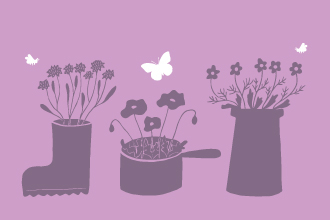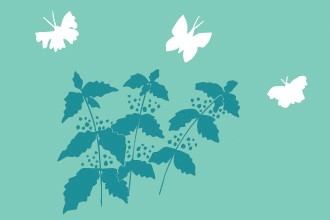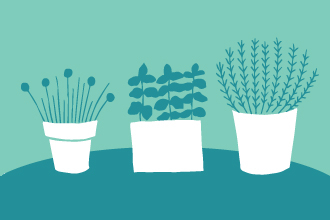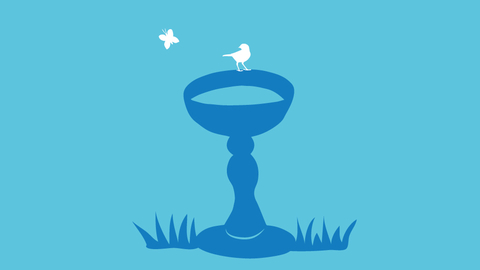
How to provide water for wildlife
Water is essential for wildlife to thrive, but it isn’t just for drinking. Amphibians like newts, frogs and toads use water as shelter and breeding grounds. Butterflies get valuable minerals and salts from slightly muddy water, and birds use water to bathe and remove parasites.

Just about any stand of water in your yard, from a tiny puddle to a pond, will be used by one kind of animal or another. To make it as appropriate as possible, ensure your water source is shallow with gradual and rough-textured edges, so that anything that climbs in can get out again.
Water is essential for wildlife to thrive, but it isn’t just for drinking!
During hot summer weather, it is important to have plenty of water for animals and birds to drink and bathe in. But don’t stop there! It is also important to keep the water topped up during the chilly winter months as sources of water can become frozen and more difficult to find. If you install a bird bath, make sure it has gradual edges and is roughly textured. If you want to go the extra mile, hanging a drip jug above your bird bath will attract more birds as they hear the dripping water.
Top tips for providing water for wildlife:
- Put water where you can watch the activity as you’re not going to want to miss anything!
- Use a specially made bird bath, or just a bowl on the floor – you’ll attract different creatures to different settings.
- Place water for birds near a shrub or tree as they like to approach from a place of safety.
- Watch for predators such as cats.
- Leave water where you can easily access it for cleaning and filling.
- Introduce a small, shallow or running water feature and provide water for birds, as well as butterflies and other insects. Even an old sink can be turned into a water feature!
- Dig a pond and attract even more wildlife into your garden, from frogs and toads, to dragonflies and herons! Remember to provide shallow edges so anything that falls in can get back out again.
- Set up a water butt so that you can easily top up water sources with rainwater - a great way to conserve water!
Remember: When temperatures drop, water freezes, making it difficult for wildlife to find fresh water to drink. Break the water on bird baths daily or replace with tepid water.
Make a butterfly puddling station
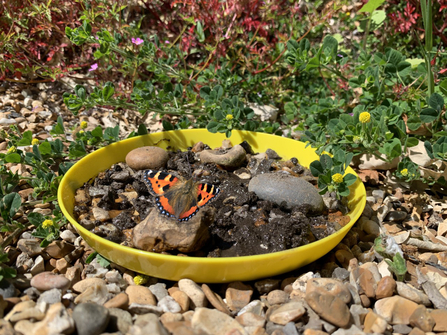
Marcus Wherle
Most butterflies feed on nectar, but did you know they also need water and minerals to stay hydrated and healthy? Butterflies can't land on open water, so some rely on shallow puddles and wet sand or soil to get the water, salts and minerals that they need.
You can help out at home by creating a simple butterfly 'puddling station':
- Use a shallow dish or saucer.
- Fill the dish with a mixture of gravel and small stones, sand and/or soil.
- Add enough water to saturate the soil/sand but ensure that not all of the gravel/stones are underwater.
- Leave near butterfly food plants.
- Top up regularly during prolonged hot weather

